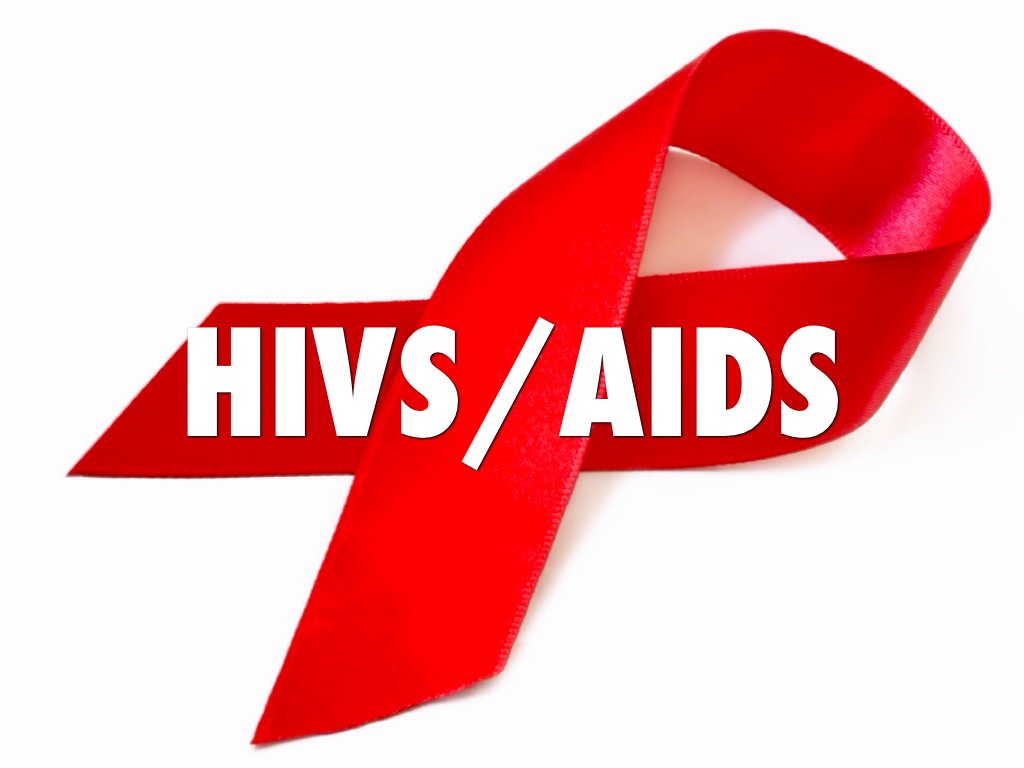HIV/AIDS: Understanding the History, Spread, and Fight Against the Virus
Share IT

Launch Your Dream Website with Us!
Click Here to Get in touch with Us.
Categories
HIV/AIDS
HIV/AIDS: An Examination of Its Emergence, Discovery, and Worldwide Spread – The Shadow in the Blood
The complicated history of HIV/AIDS, a pandemic that now affects the entire world, is characterised by scientific advancements, societal stigma, and continuous attempts at prevention and treatment. Now let’s explore the virus’s birth, identification, and tragic global dissemination.
Thank you for reading this post, don't forget to subscribe!Table of Contents

From Humans to Chimpanzees: The Mysterious HIV Emergence
HIV’s mysterious beginnings are said to have occurred some time between the late 1800s and the 1930s. Researchers think that the virus spread from Central African chimpanzees to other species. These chimps are infected with Simian Immunodeficiency Virus (SIV), a virus that is comparable but does not cause a life-threatening sickness. However, intimate contact with contaminated blood most likely caused the virus to spread when humans hunted these chimpanzees for bushmeat. The Human Immunodeficiency Virus (HIV) was created when this Simian variant underwent a little mutation.
It is thought that HIV did not spread quickly in Central Africa in the beginning. On the other hand, its acceleration in the 20th century was probably caused by causes including growing urbanisation, altered sexual behaviours, and the use of tainted needles for medical procedures.
In the 1980s, a Novel Illness Arises
The early 1980s see a significant change in the plot. The US Centres for Disease Control and Prevention (CDC) first discovered abnormal clusters of rare cancer called Kaposi’s sarcoma and pneumonia caused by Pneumocystis carinii (PCP) in young gay men among 1981. These ailments were a sign of a weakened immune system, which is unusual in otherwise healthy people. Acquired Immunodeficiency Syndrome (AIDS), the advanced stage of HIV infection, was discovered during this time.
An upsurge in stigma and homophobia resulted from the first focus on gay men. Other channels of transmission, such as heterosexual sexual contact, sharing of contaminated needles (common among intravenous drug users), and mother-to-child transmission during pregnancy, delivery, or breastfeeding, were quickly identified by research.
A Hurry Against Time: Scientific Findings and the Battle for Cure
There was also a period of strong scientific research in the 1980s. Scientists such as Drs. Luc Montagnier and Robert Gallo independently determined that the Human Immunodeficiency Virus was the cause of AIDS in 1983. This important finding opened the door to the creation of possible therapies and diagnostic procedures.
The early years were not very hopeful. The early therapies were severe and had unfavourable side effects. But by the late 1980s, a sea change had occurred with the introduction of antiretroviral (ARV) treatments. Although these drugs cannot eradicate HIV, they can reduce it to undetectable levels, extending the healthy and productive lives of those who are infected.
An International Enigma: The HIV/AIDS Epidemic
Despite the fact that the first cases were found in the US, HIV/AIDS spread rapidly throughout the world. The virus has disproportionately infected Sub-Saharan Africa, making this region particularly affected. The high incidence rates are a result of social factors such as cultural norms, lack of access to healthcare, and poverty.
Coordination of the worldwide response is greatly aided by international agencies such as the Joint United Nations Programme on HIV/AIDS (UNAIDS) and the World Health Organisation (WHO). Their initiatives centre on expanding access to affordable treatment choices for all, education and awareness campaigns, and preventive tools including condoms and pre-exposure prophylaxis (PrEP).
Living with HIV/AIDS in the 21st Century: The Battle Continues
Considerable progress has been accomplished as of today. Treatments that can save lives are available to millions of HIV/AIDS patients. But the battle is far from ended. The disease is still stigmatised, which makes it more difficult to get tested and treated. Furthermore, the virus keeps evolving, which makes creating a vaccine a difficult task.
The goal of having a generation free of AIDS is still in the forefront of attention. This calls for eliminating the societal stigma associated with HIV/AIDS, guaranteeing treatment access for all, and conducting ongoing research towards a vaccine.

Launch Your Dream Website with Us!
Click Here to Get in touch with Us.





























































Recent Comments